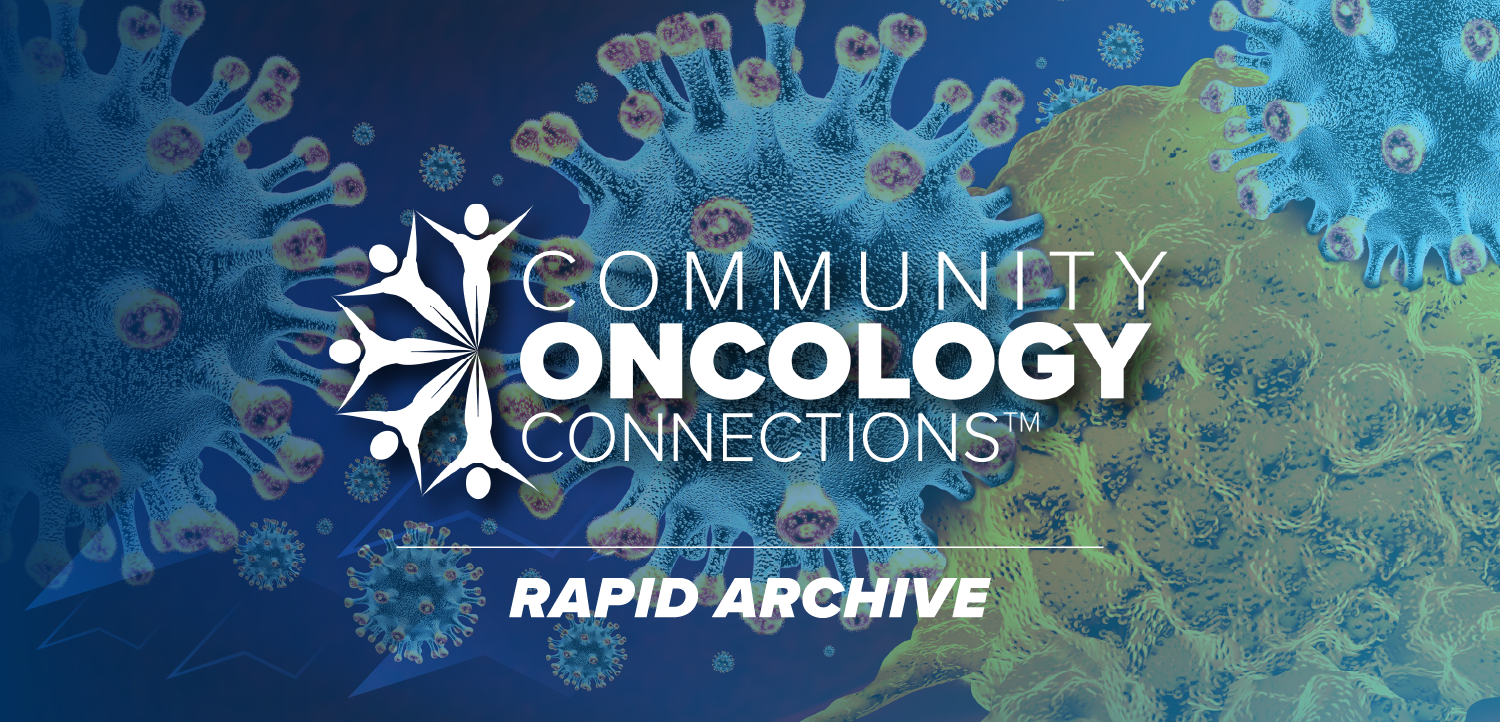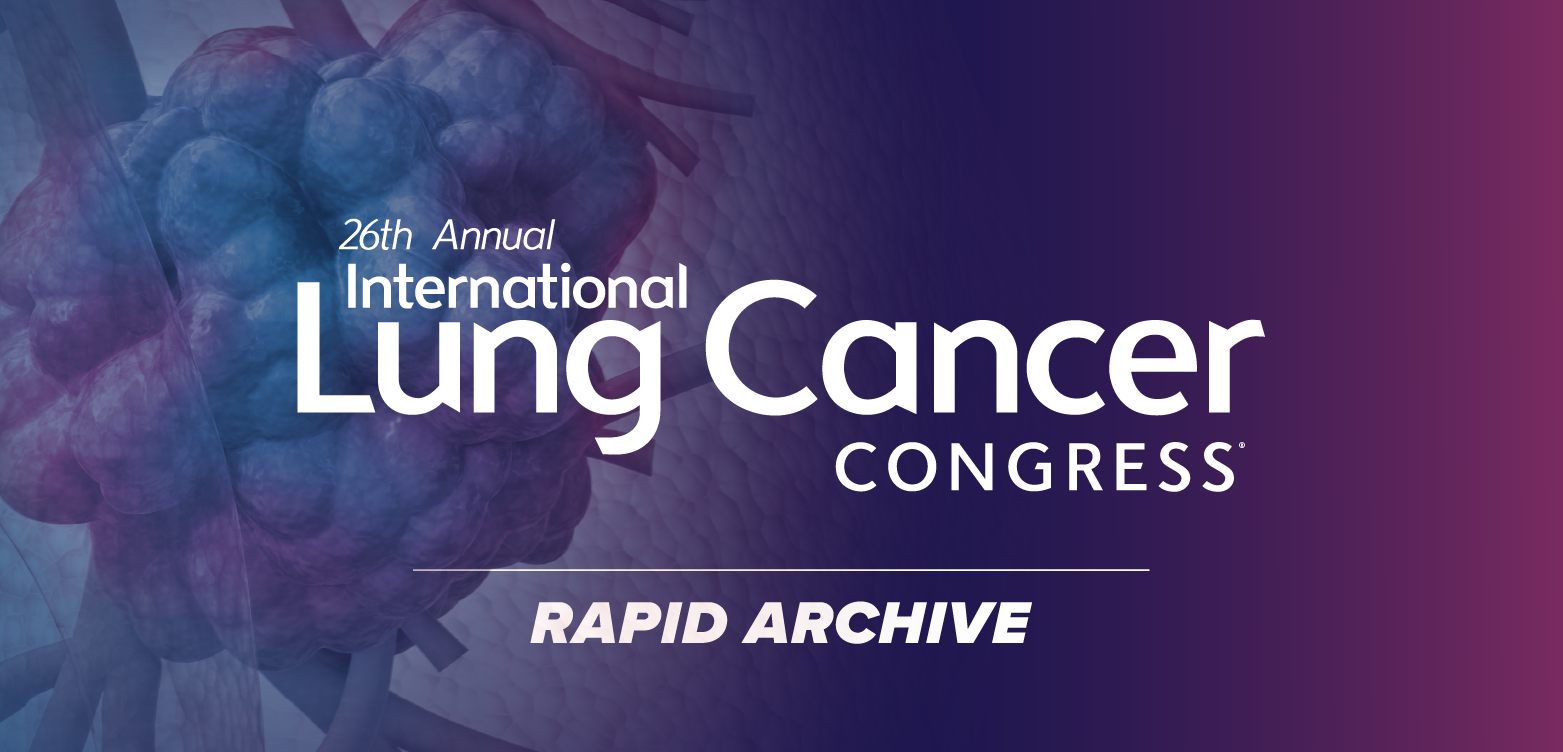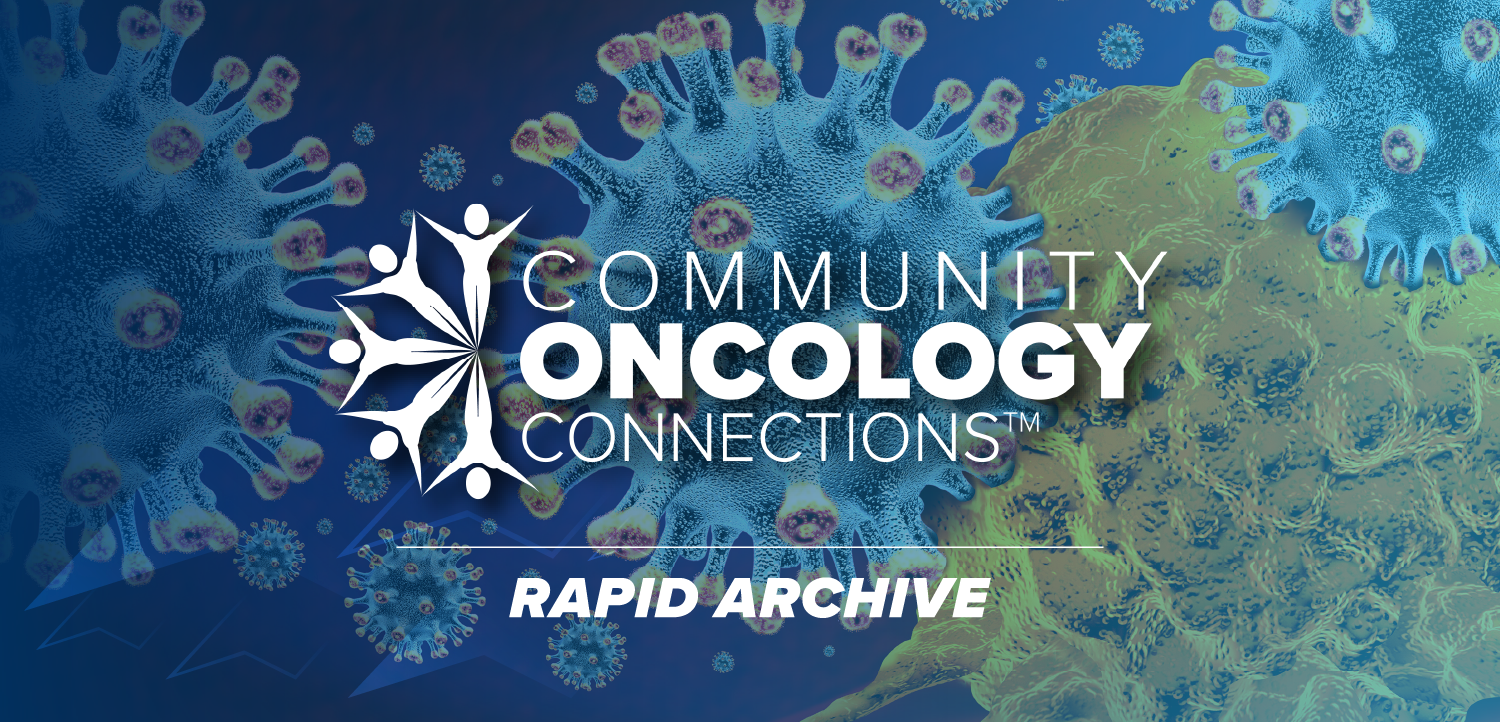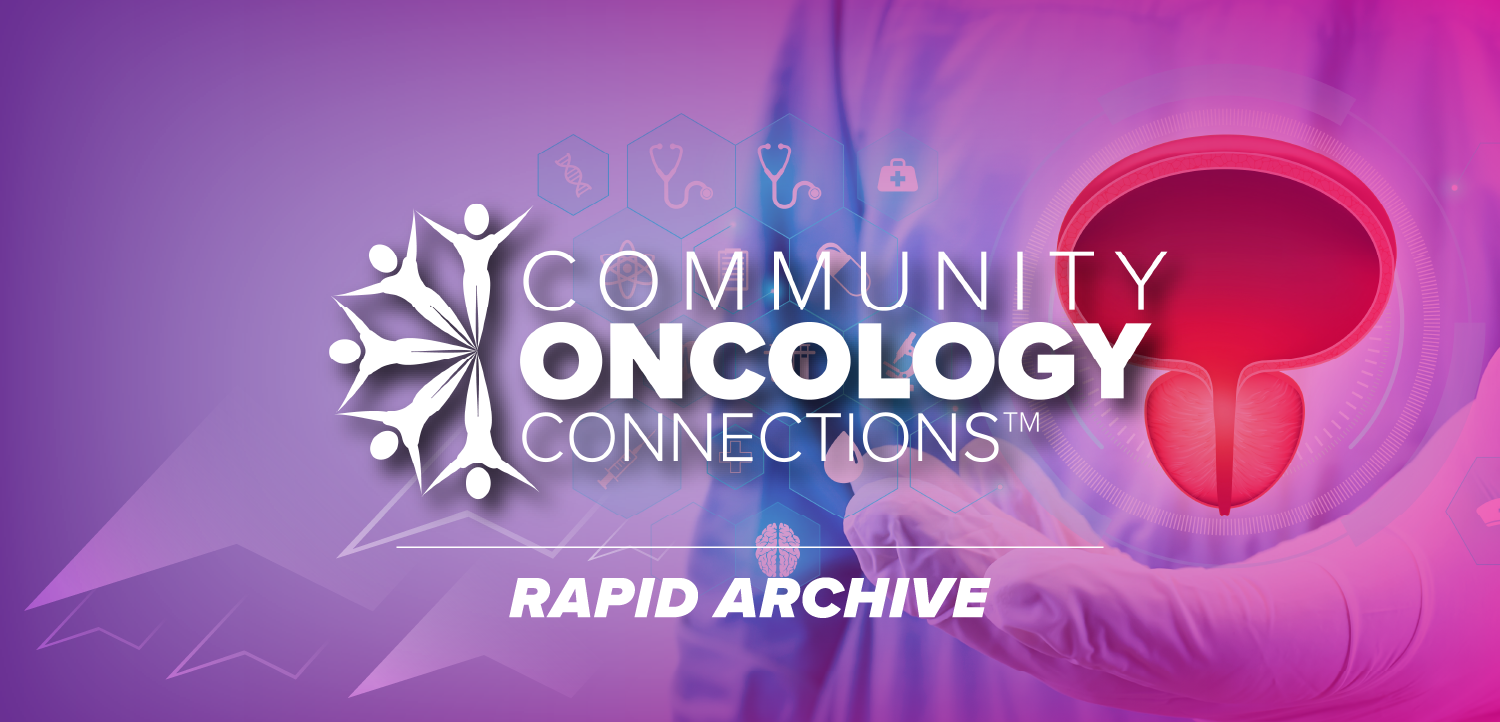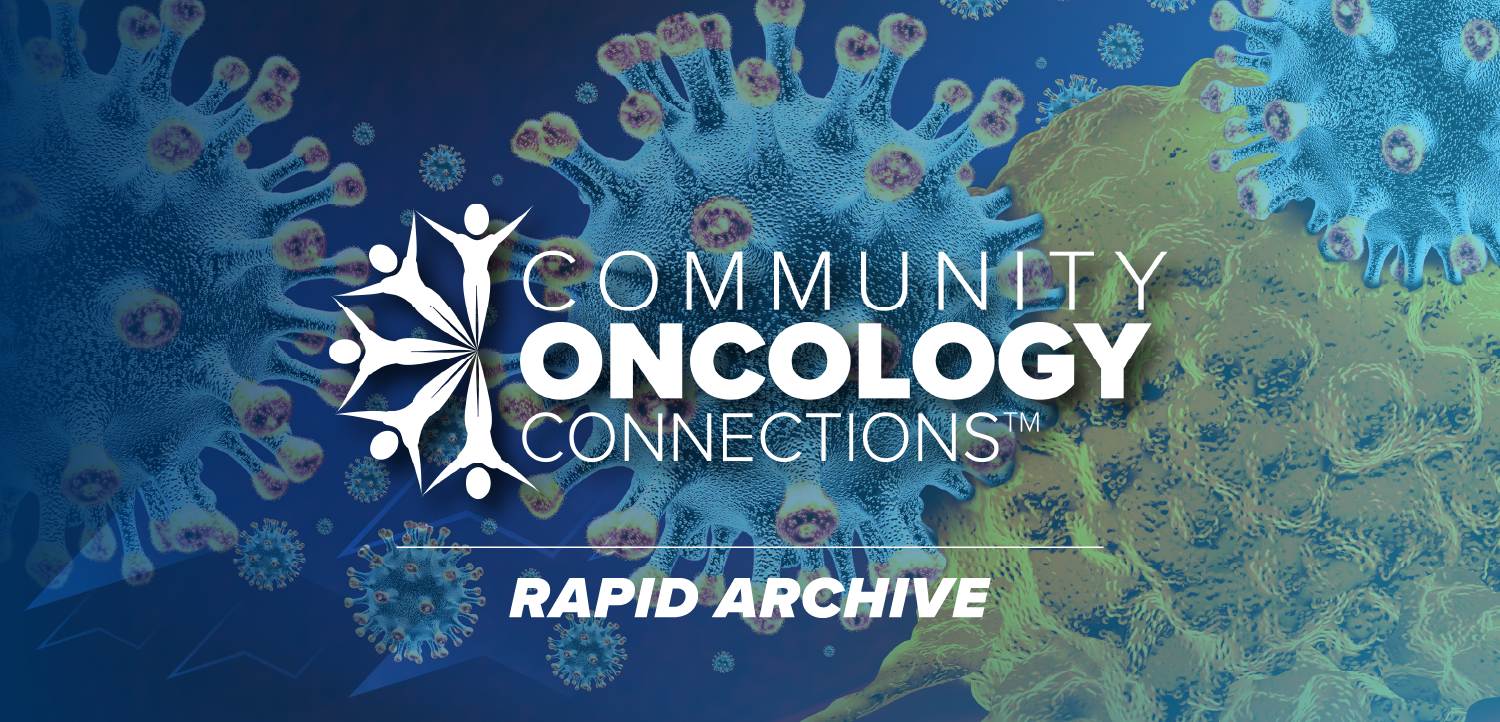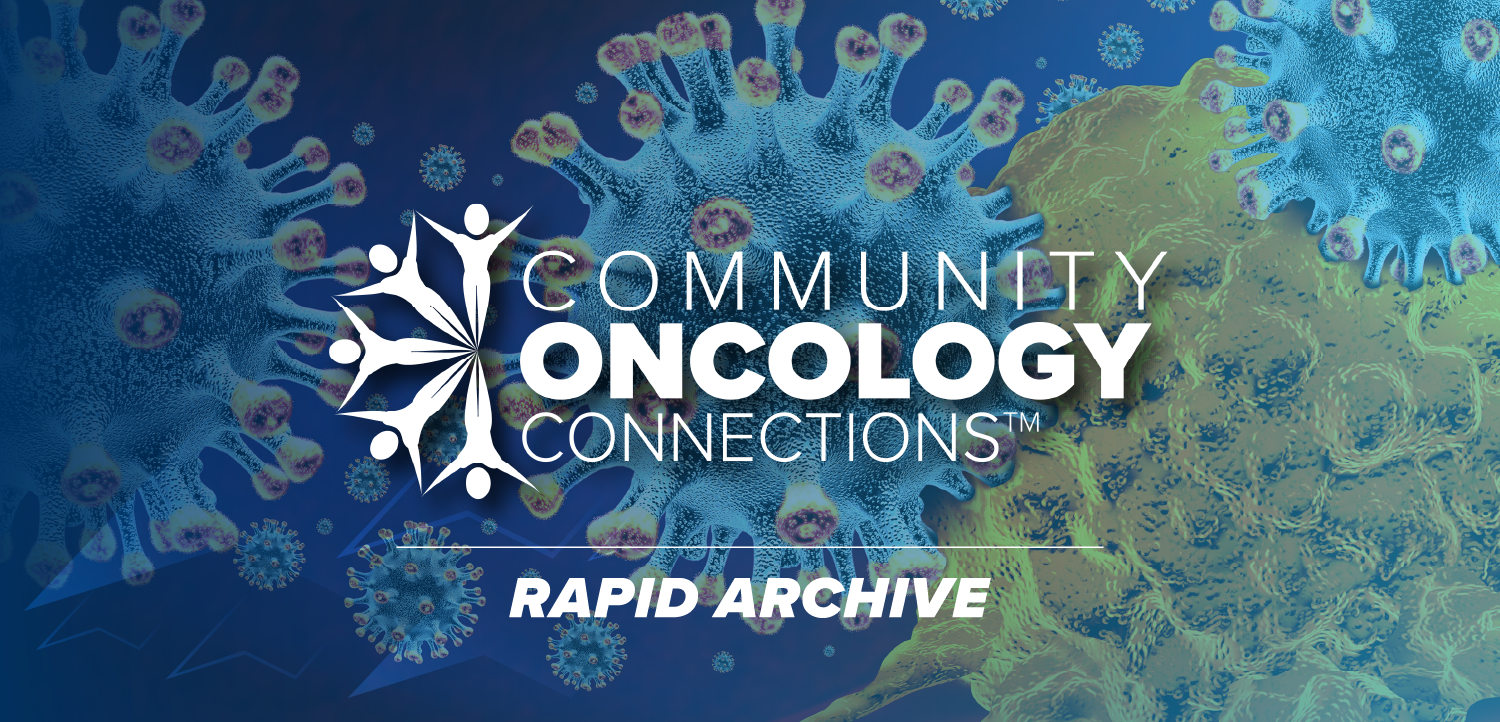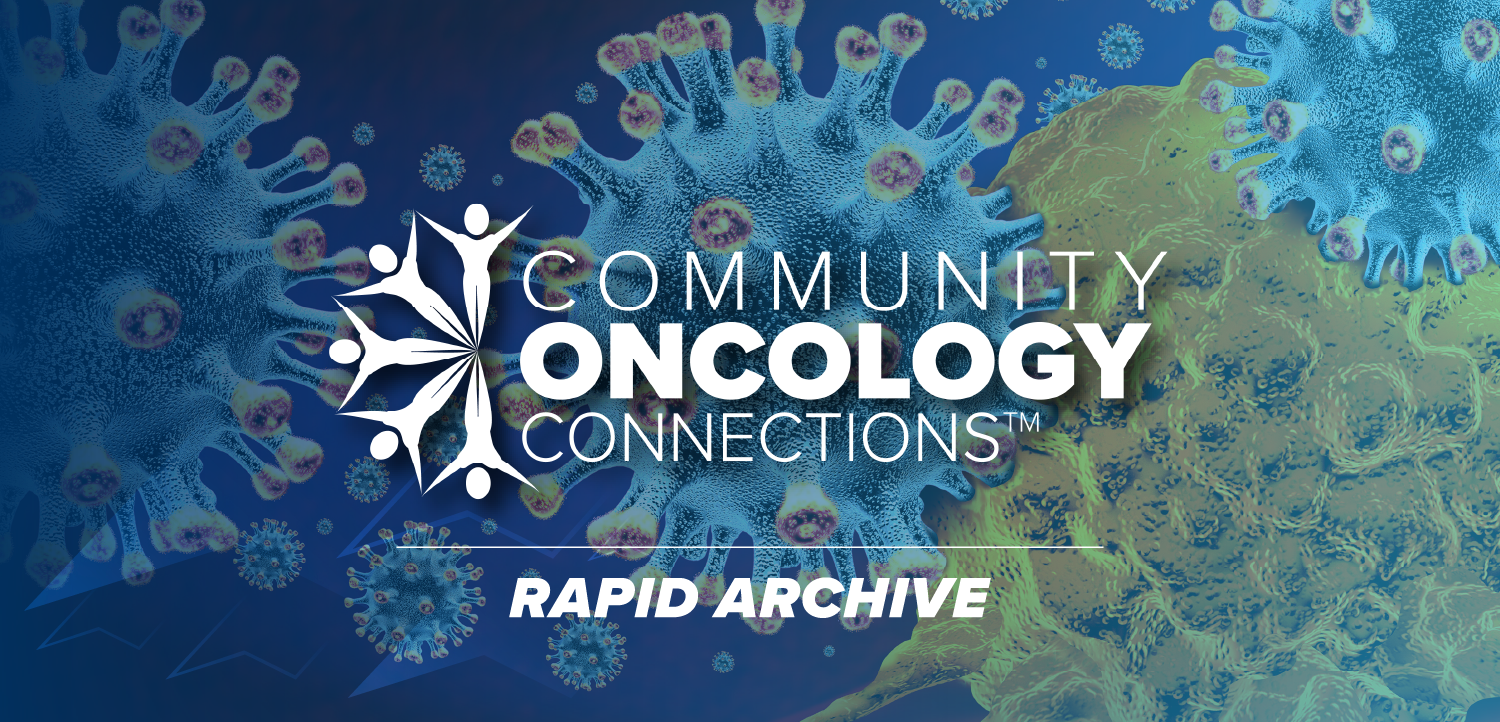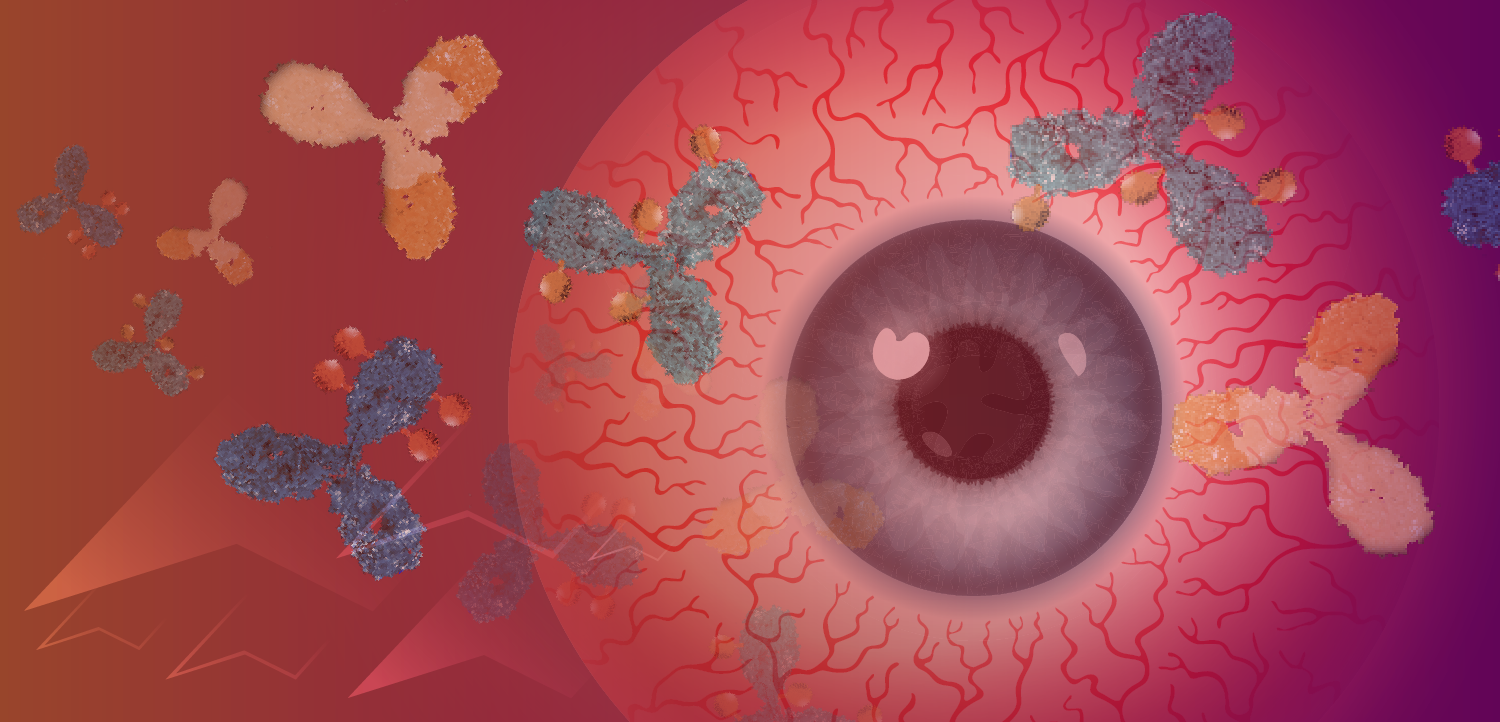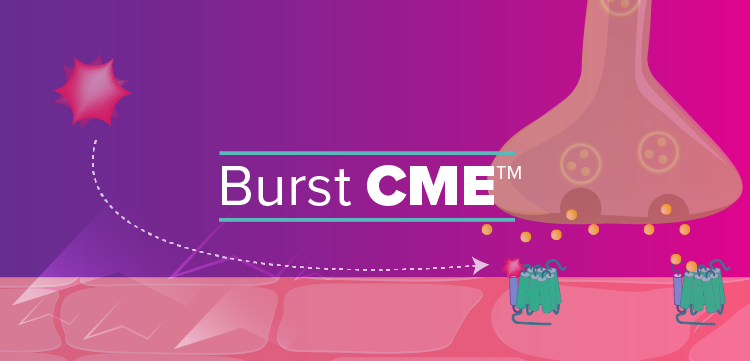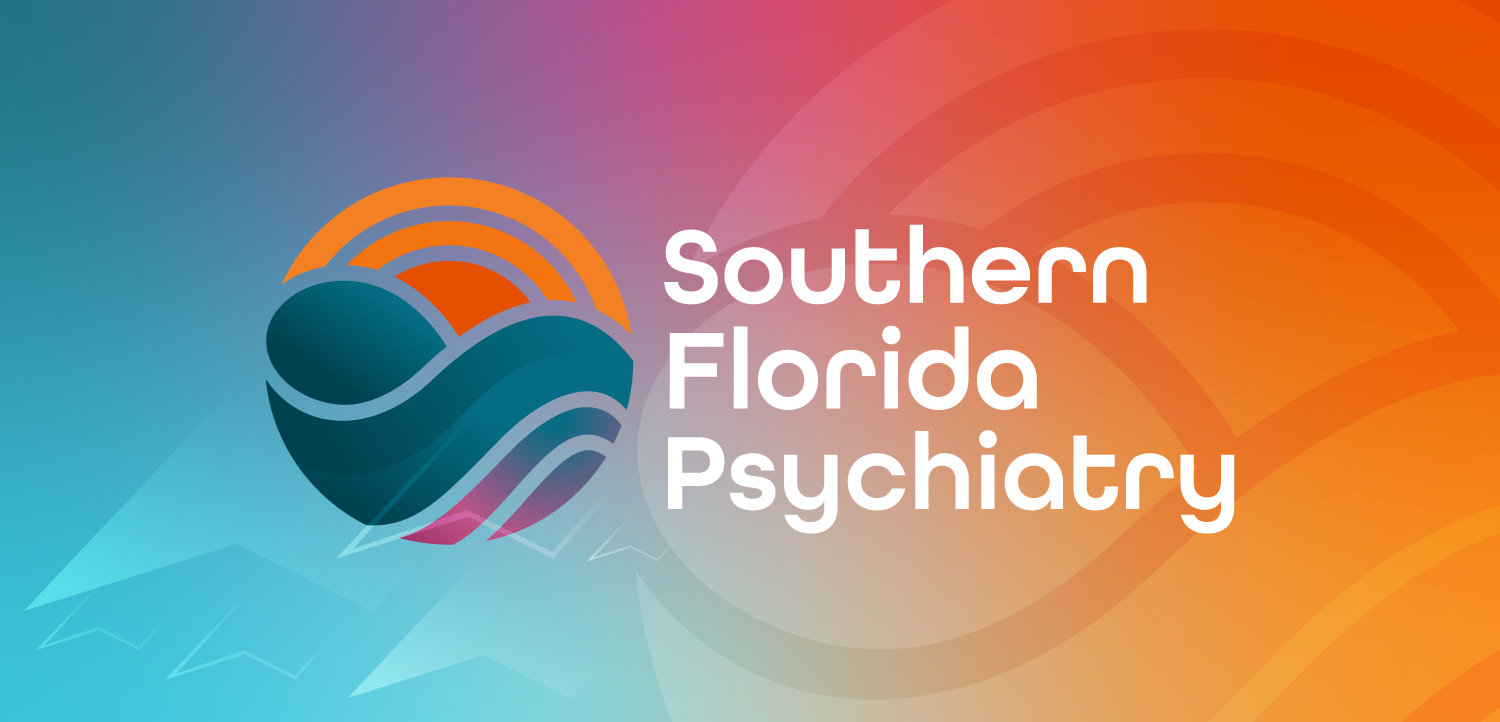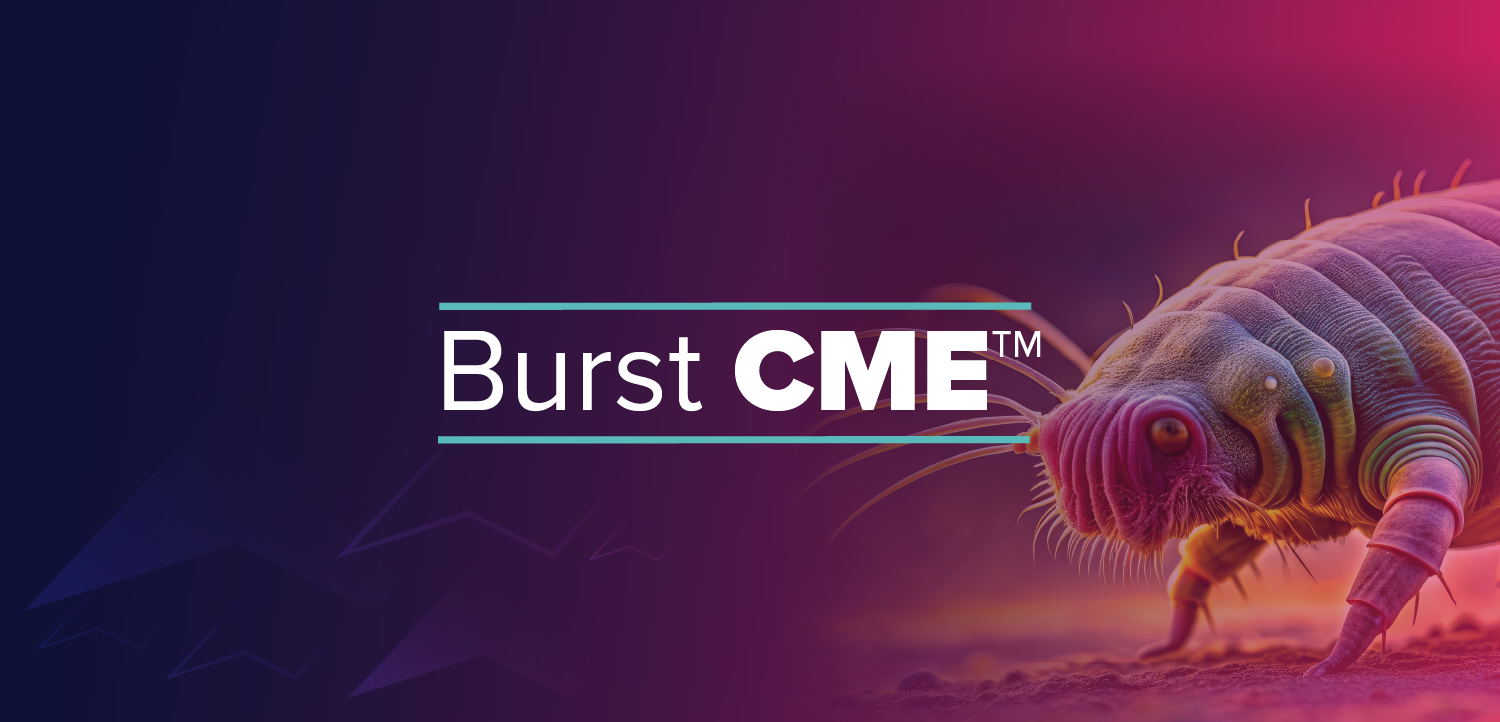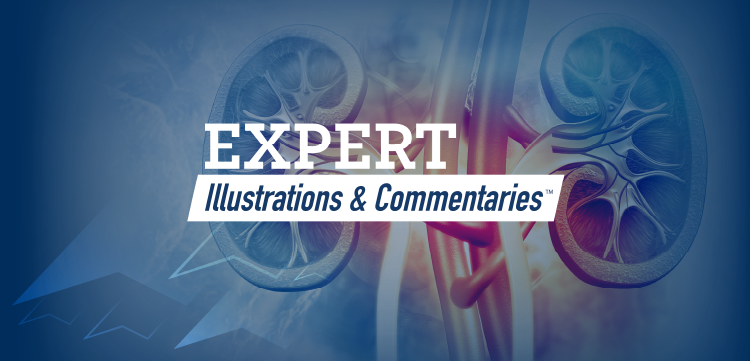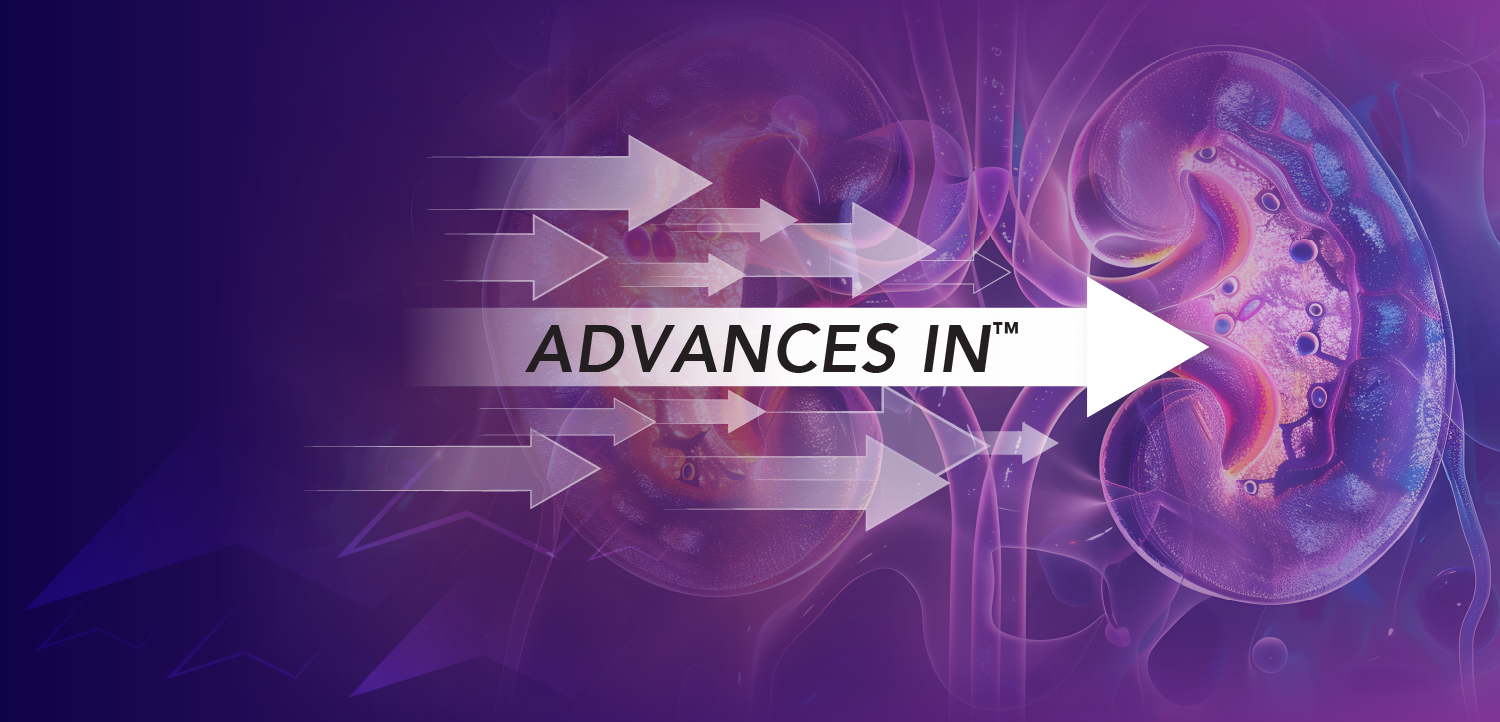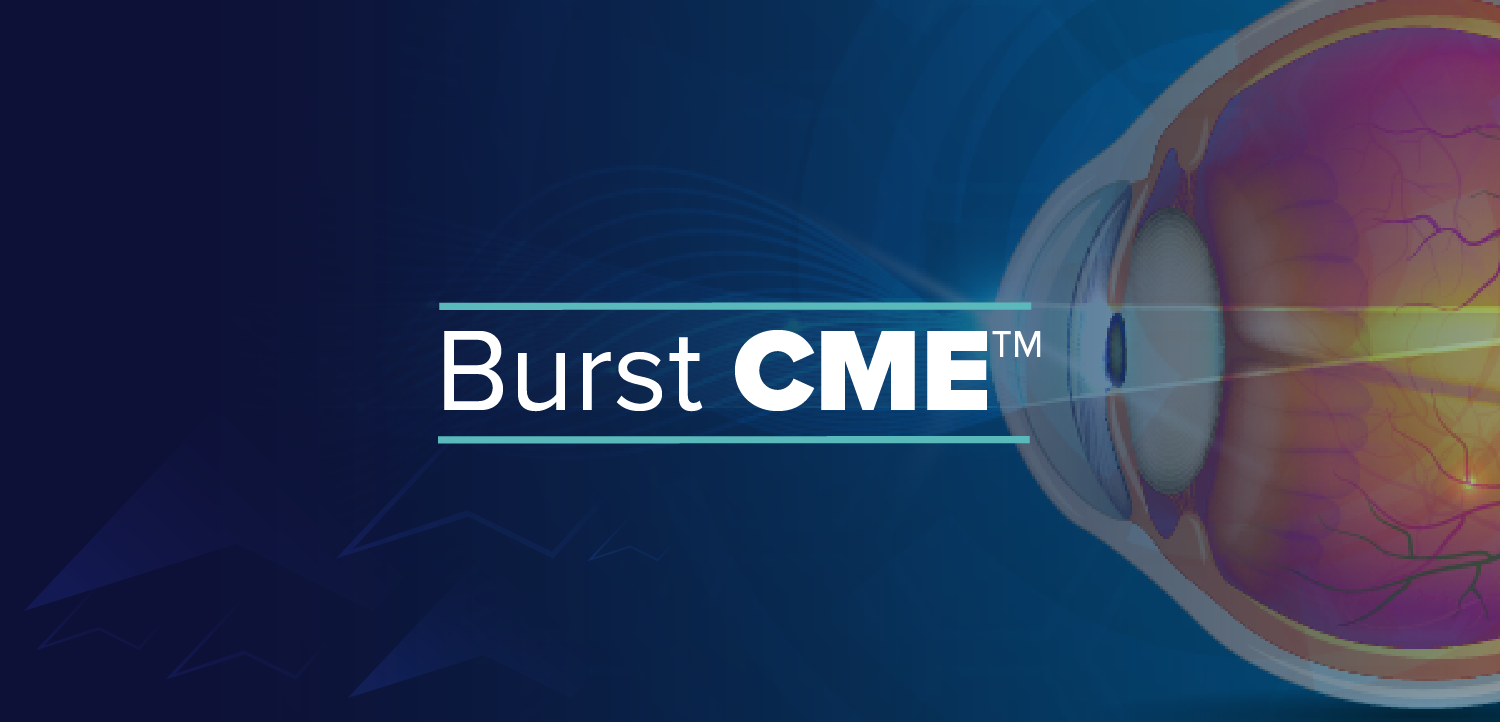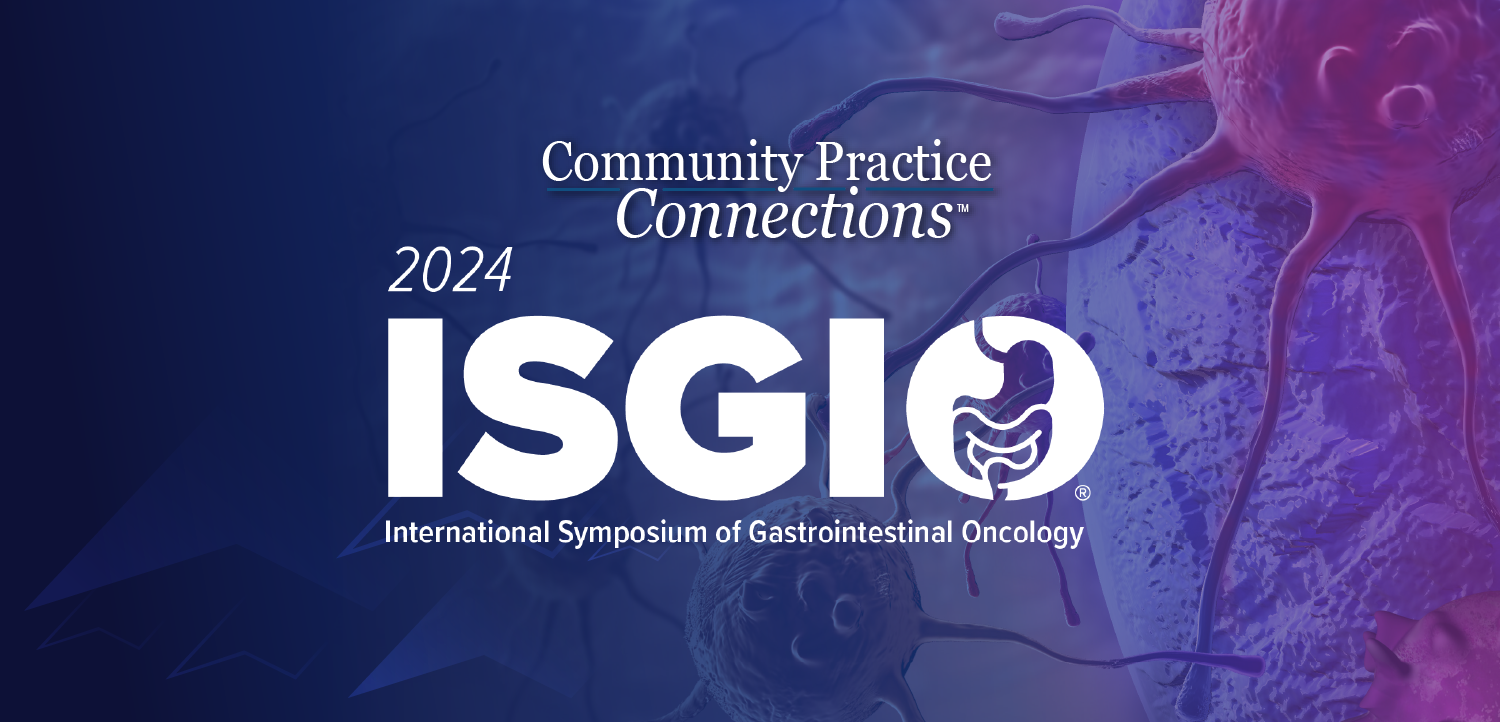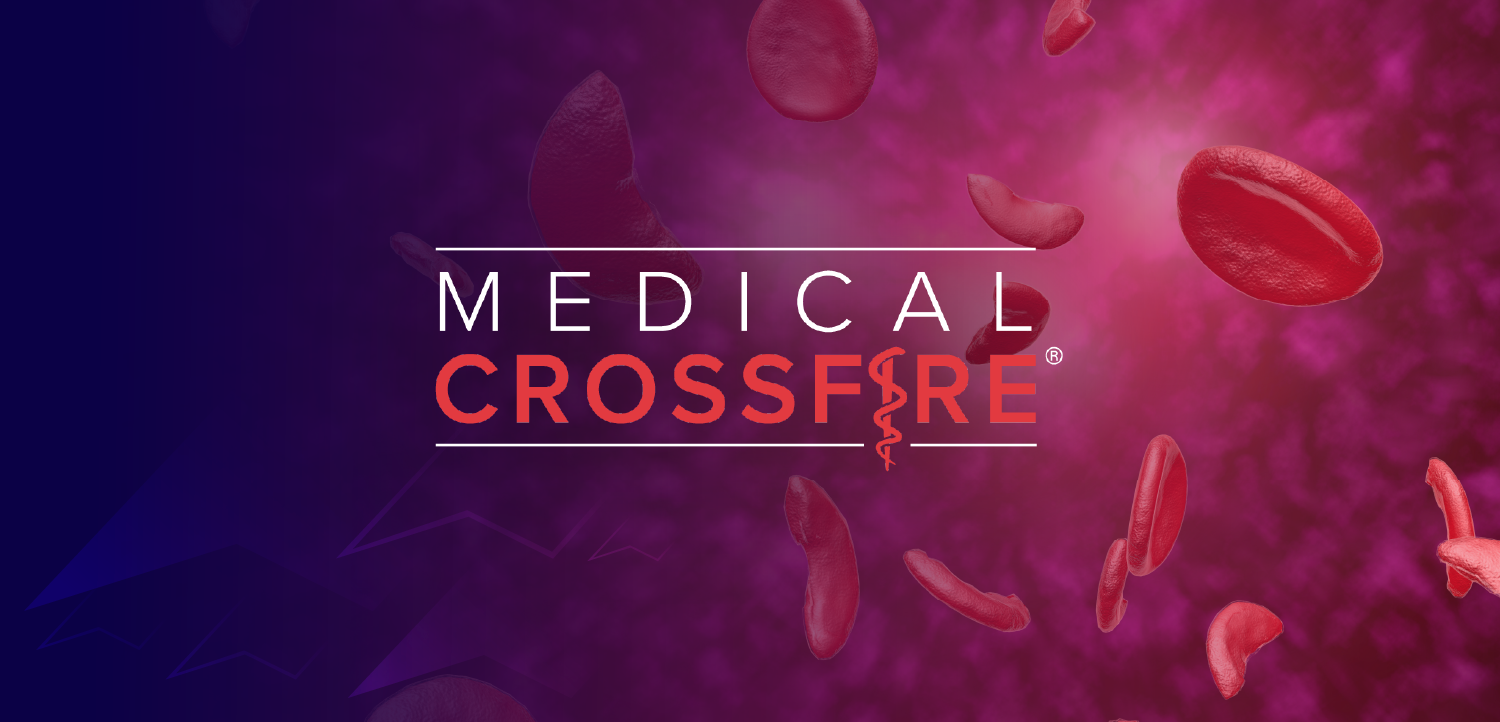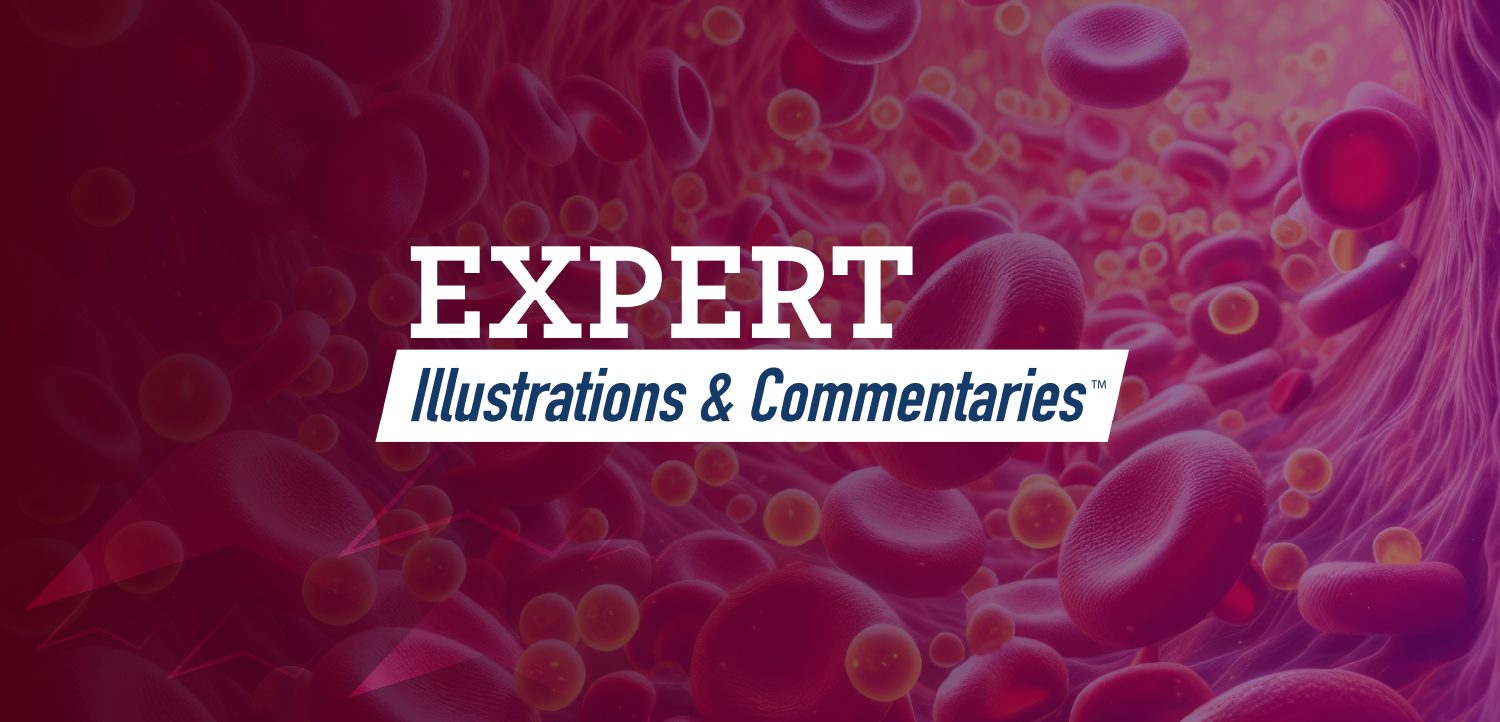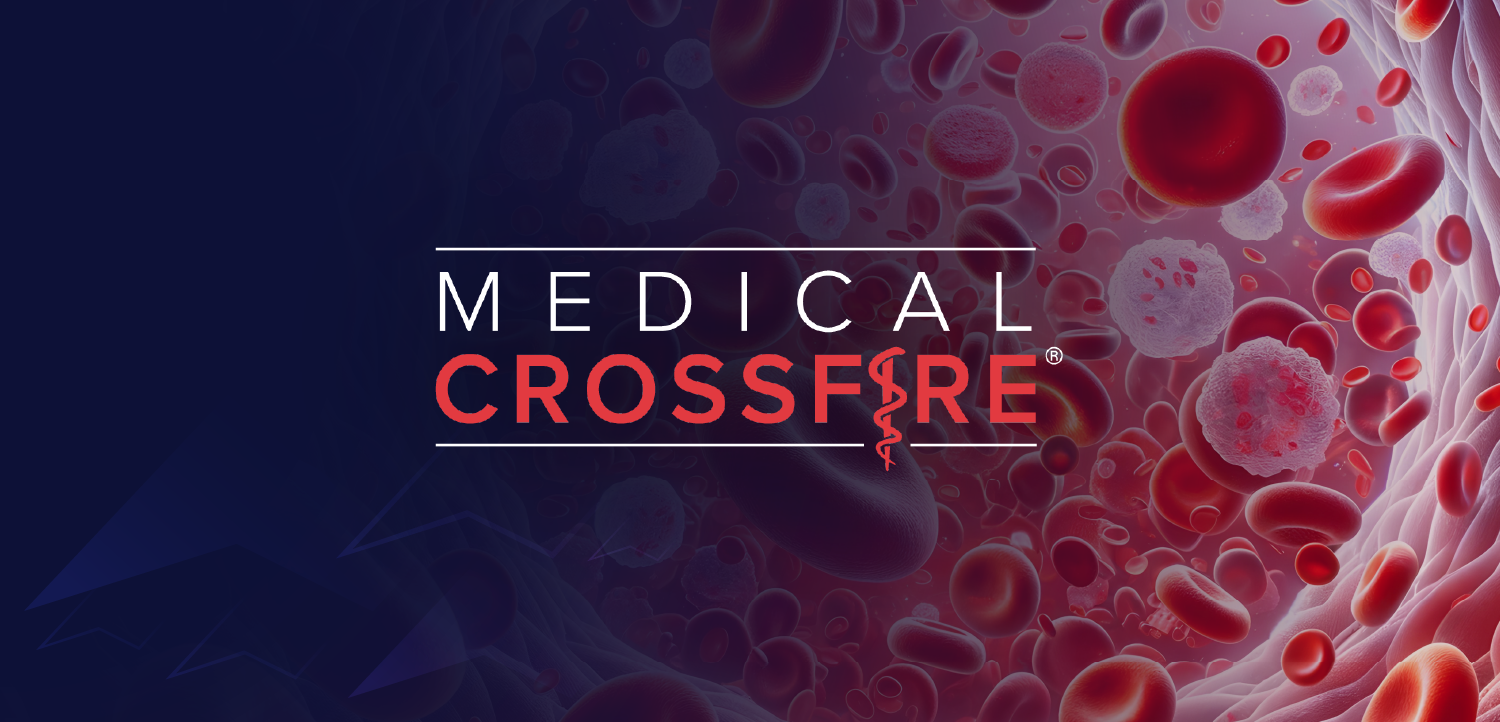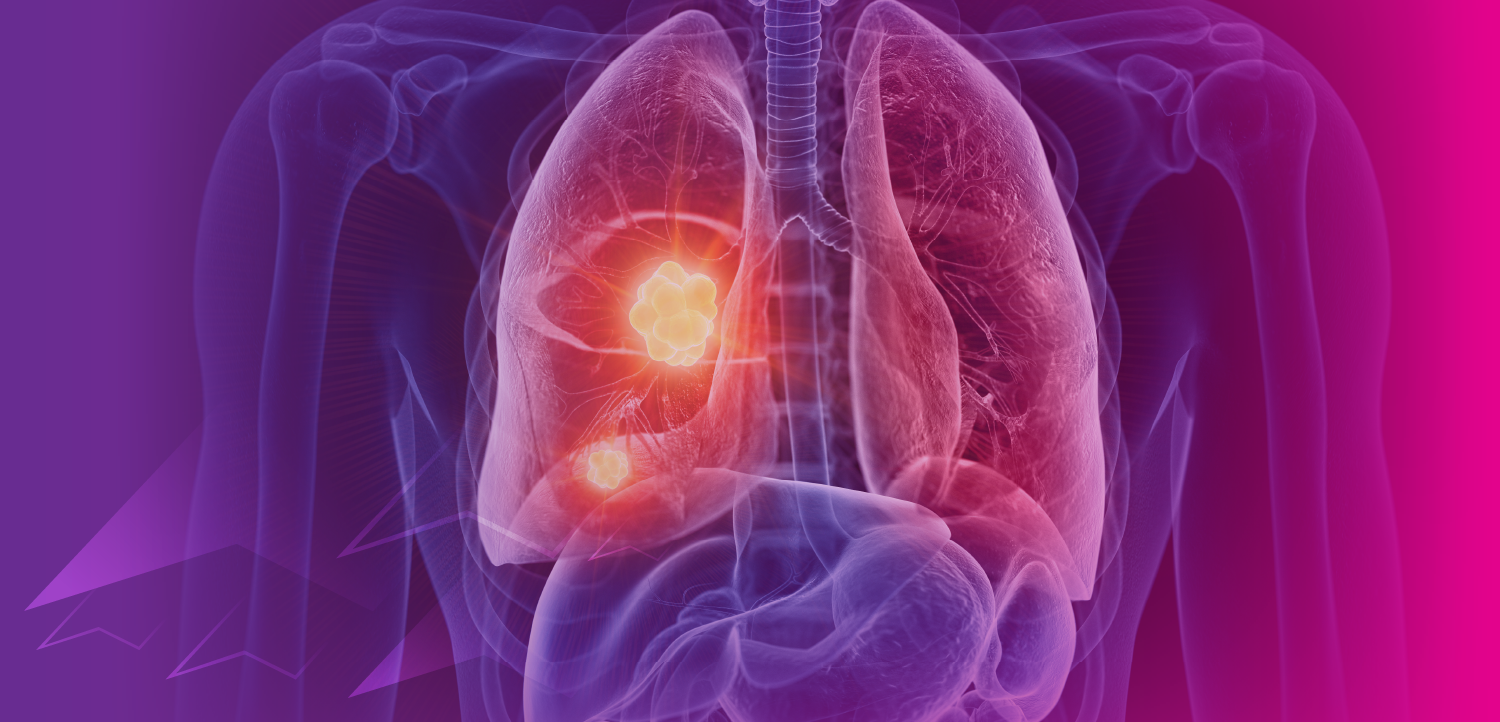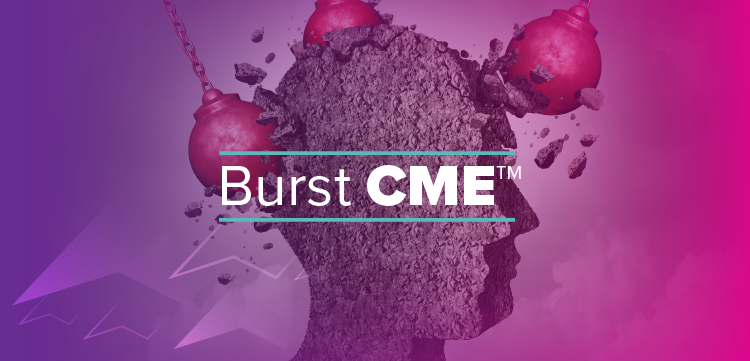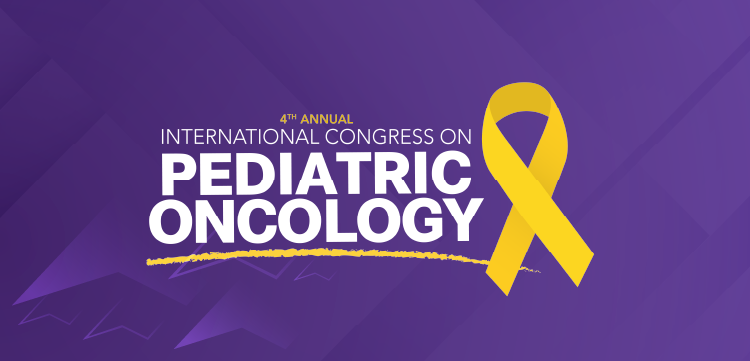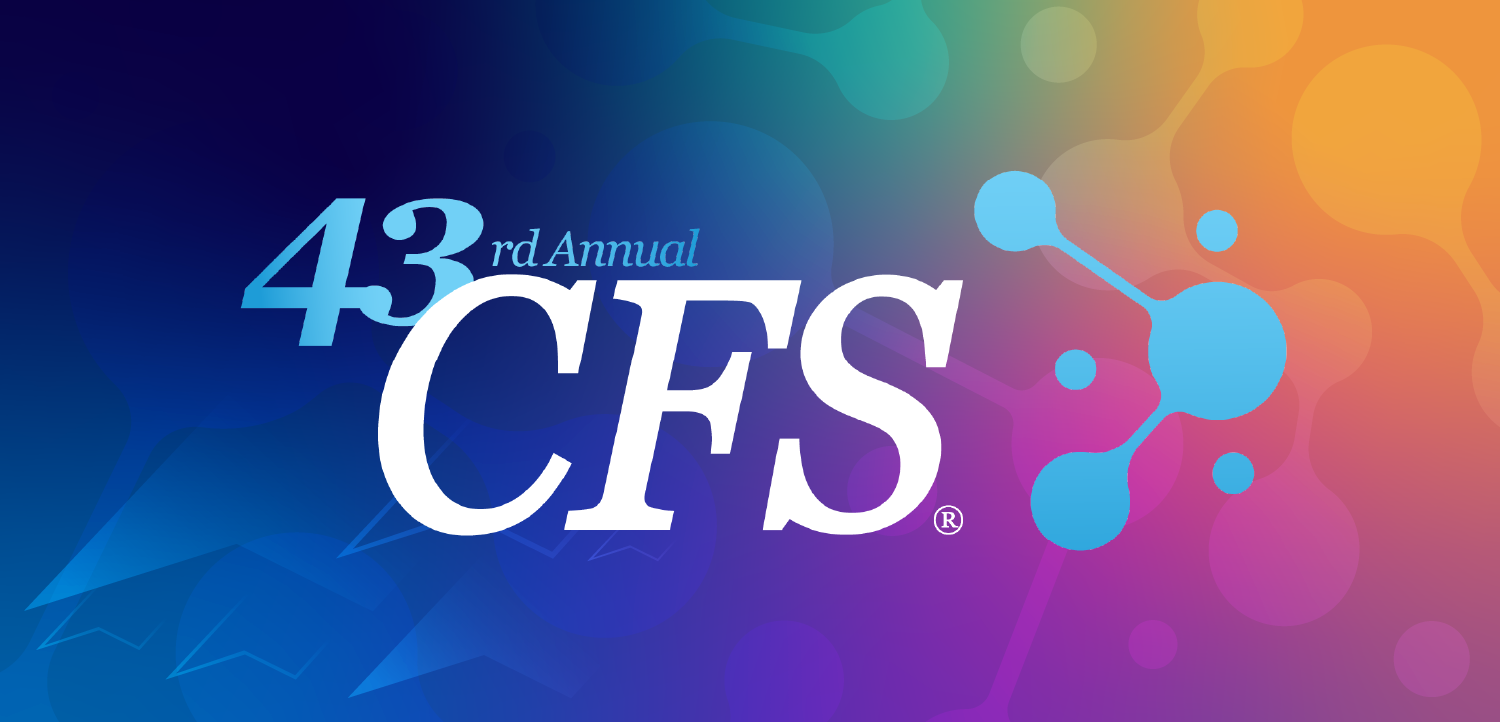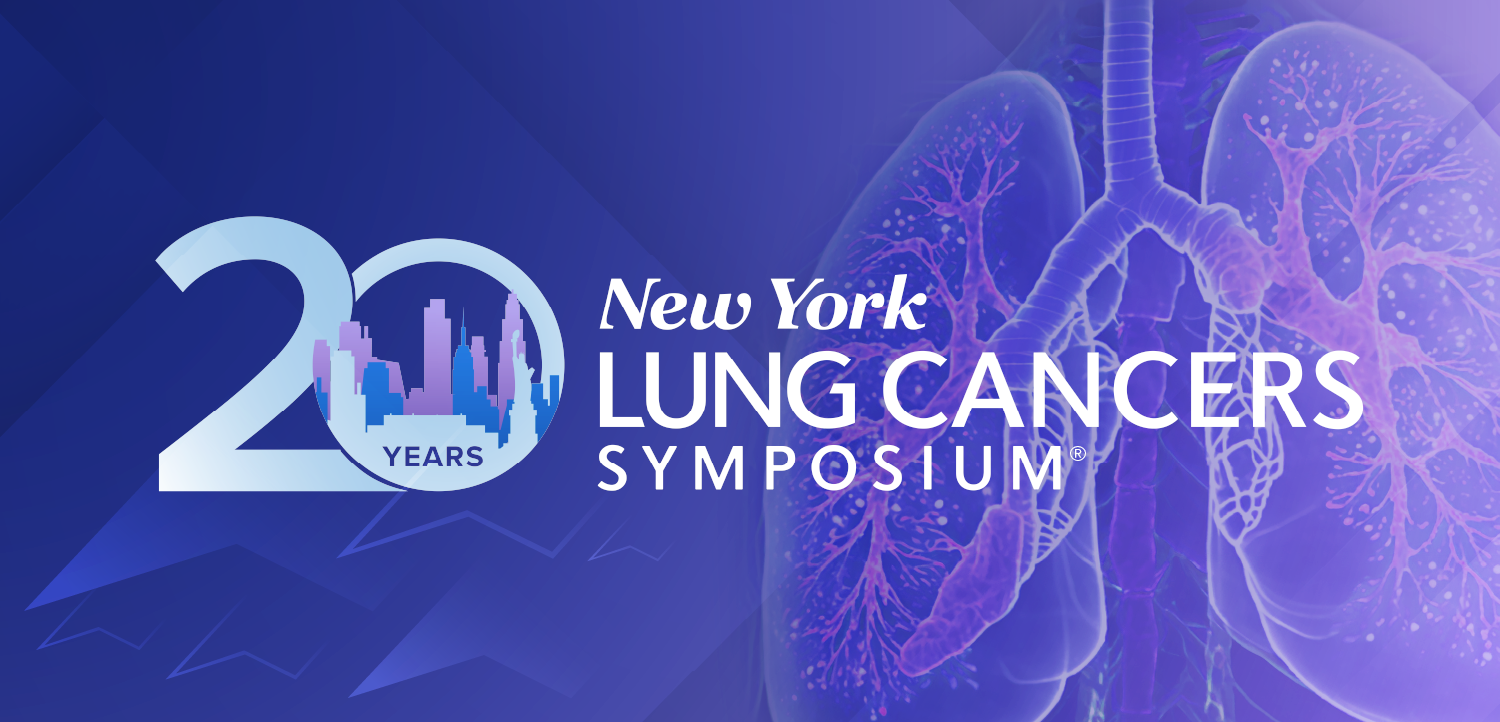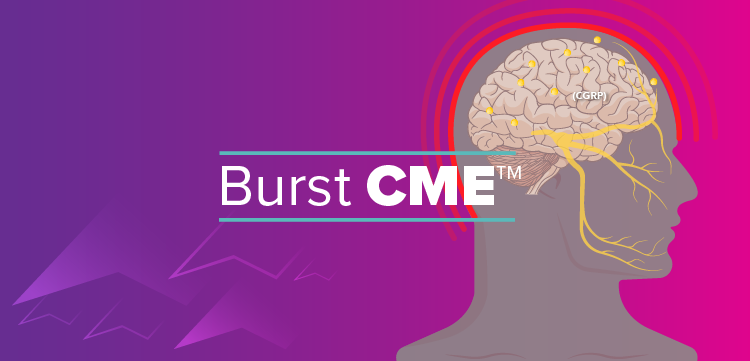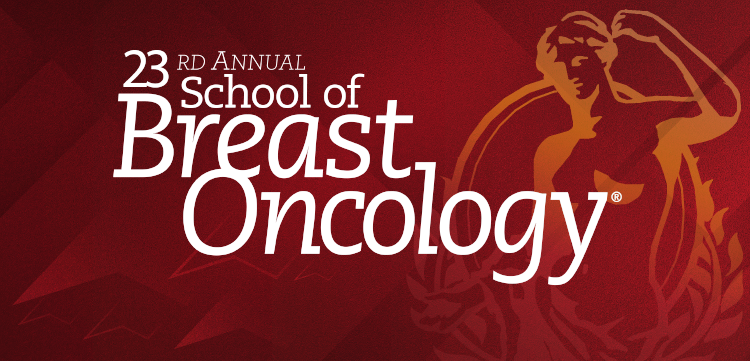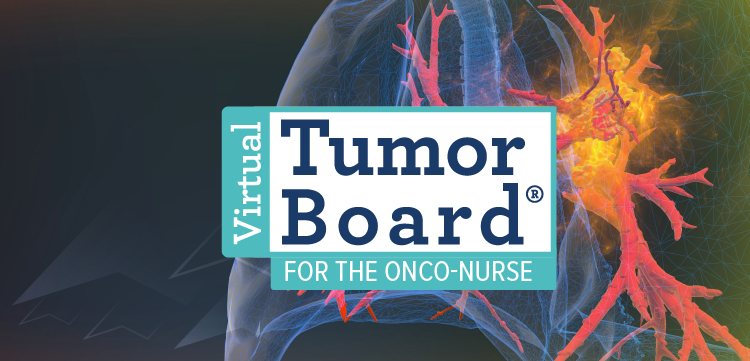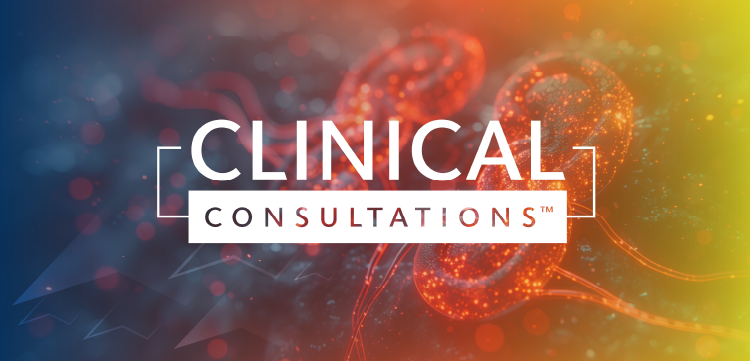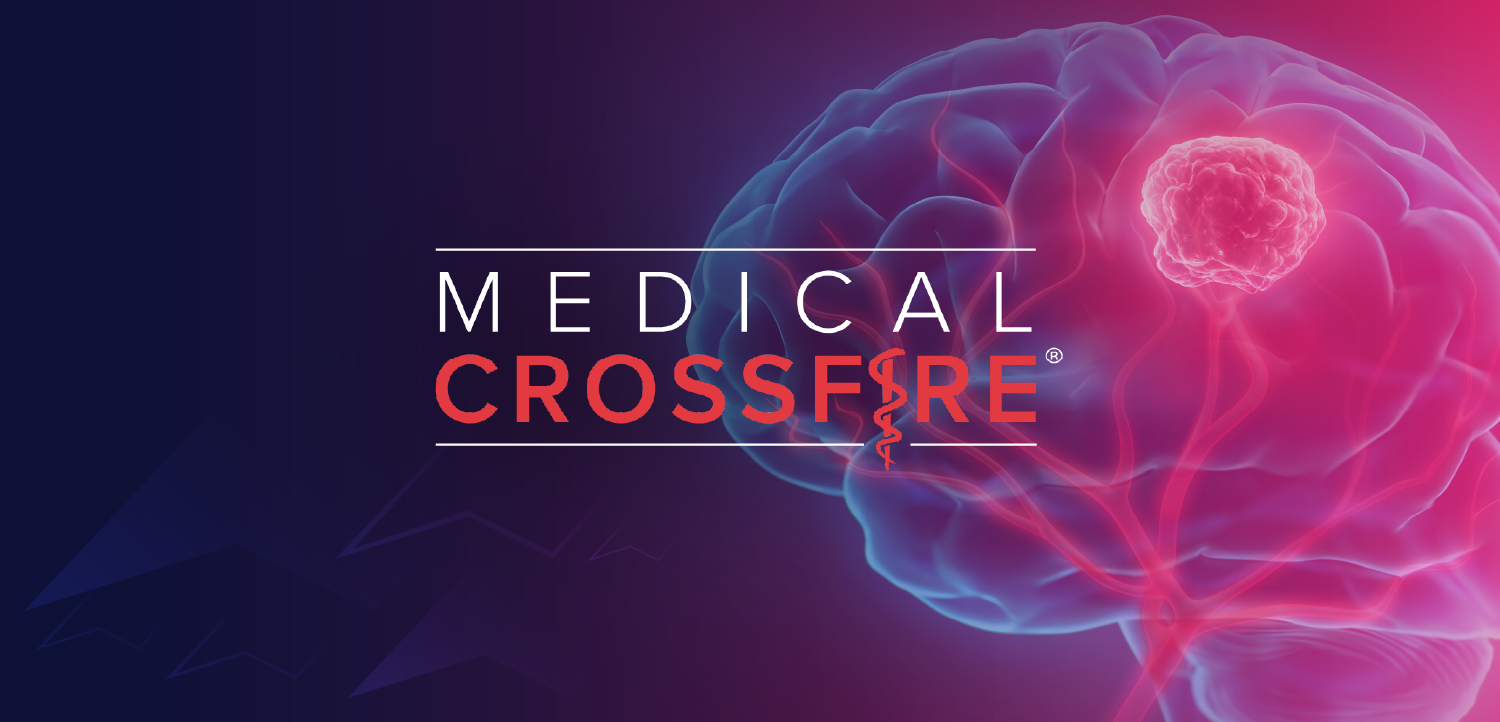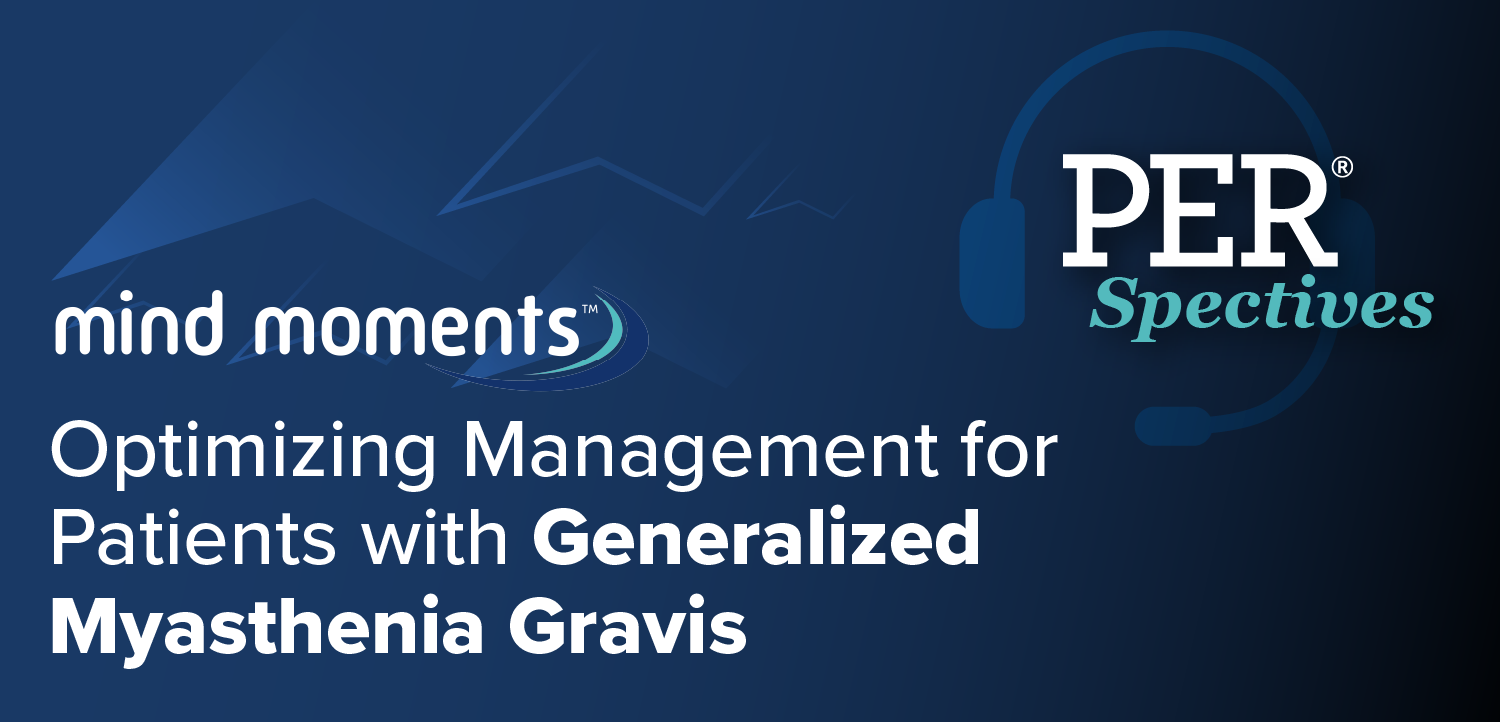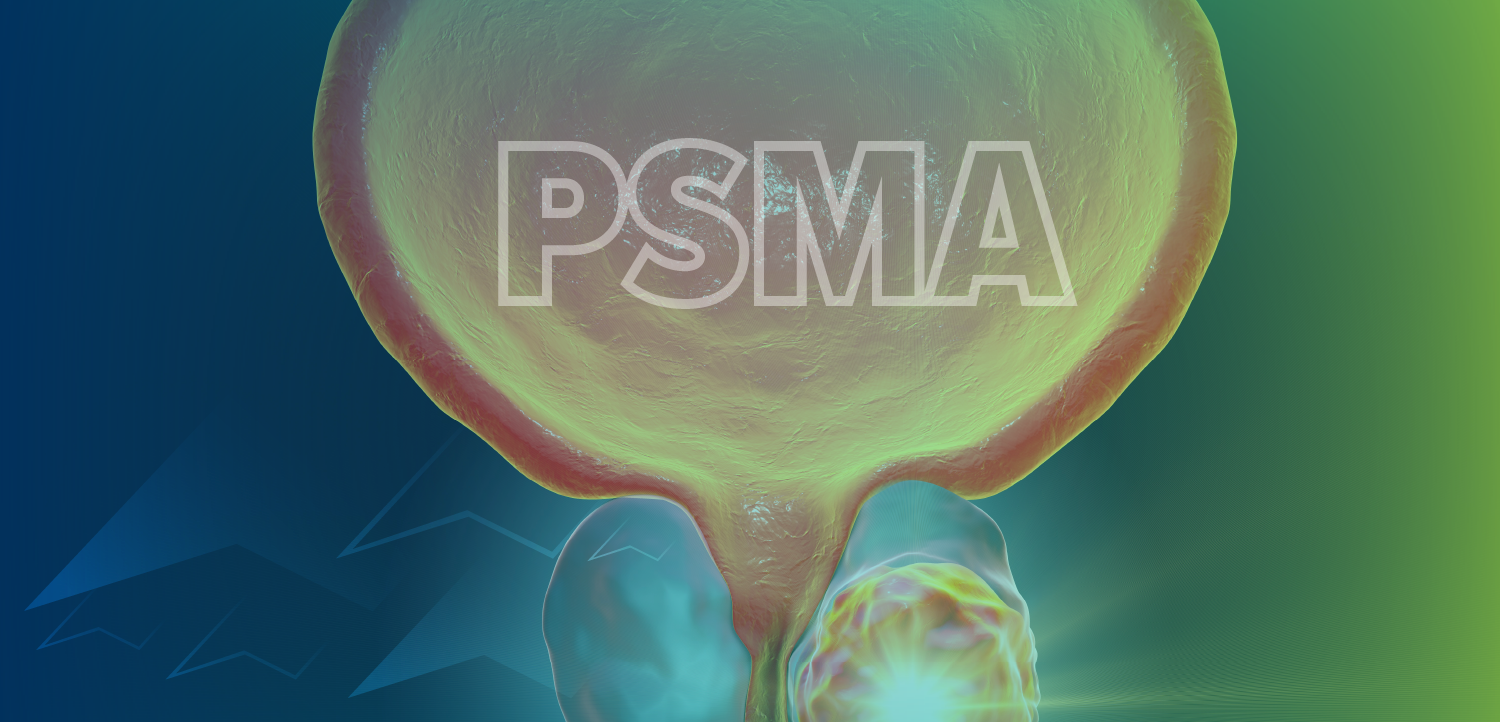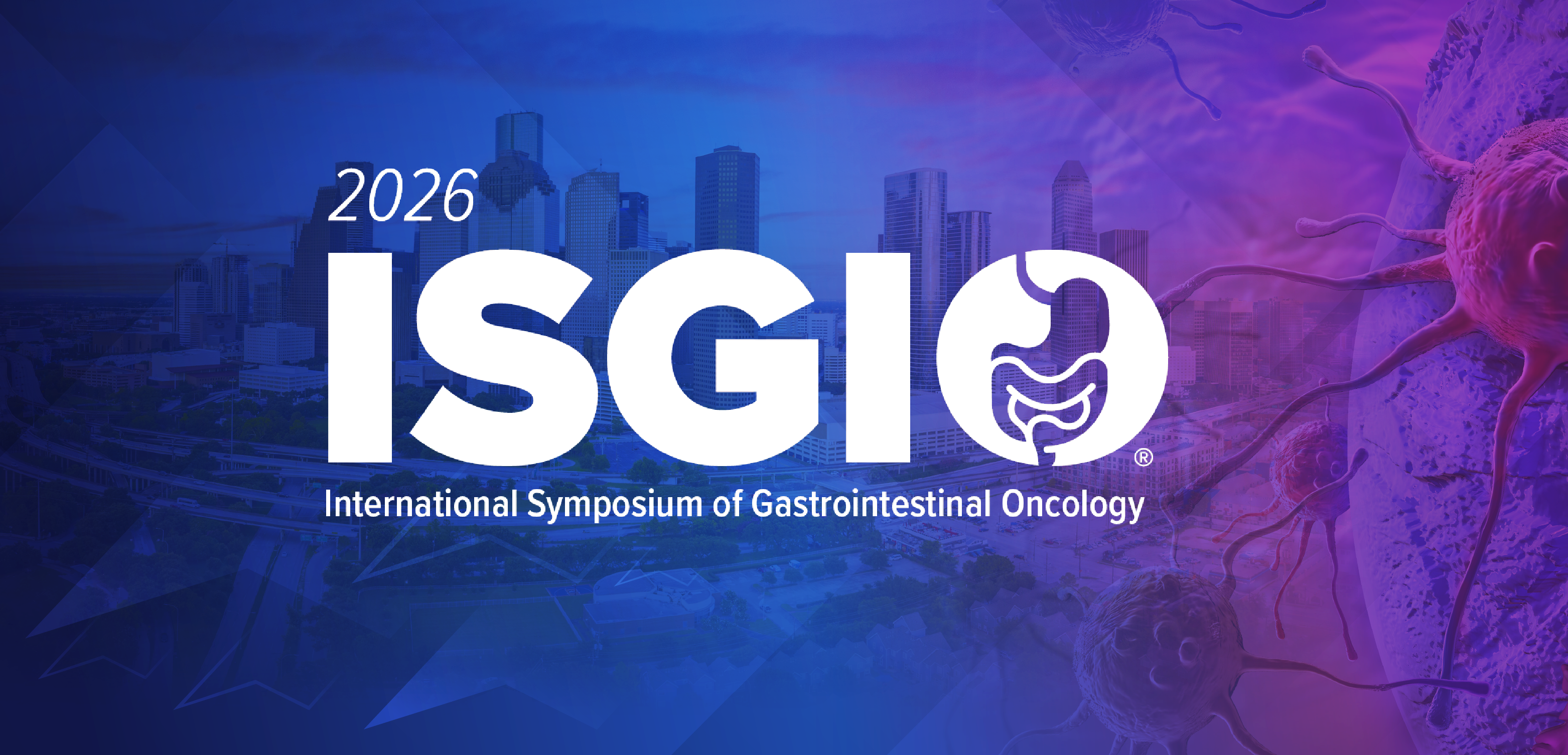
FDA Label Update Positions Inclisiran as First-Line Monotherapy for Hypercholesterolemia
Inclisiran can now be used without a background statin, as an adjunct to changes in diet and physical activity for reduction of LDL-C in hypercholesterolemia.
The FDA on July 31 approved a label update for small interfering RNA (siRNA) therapy
The revised label removes the previous requirement that inclisiran be used in combination with statin therapy. As stated in the Novartis announcement, the label change was initiated proactively by the FDA based on the "robust LDL-C lowering data for PCSK-9 targeting therapies."1
"This first-line label update reinforces [inclisiran's] proven ability to effectively lower LDL-C, a critical risk factor for heart disease,” Victor Bultó, president, US, Novartis, said in the announcement. “With this new indication enabling [inclisiran's] use as monotherapy along with diet and exercise, we now have the potential to help even more patients achieve their LDL-C lowering goals earlier in their treatment journey.”1
The revised label also updates terminology originally used to describe elevated LDL-C from "primary hyperlipidemia” to “hypercholesterolemia” to better reflect its focus on LDL-C reduction, Novartis said.
Inclisiran is administered twice yearly by a health care provider, following an initial dose and a second after 3 months, an approach Novartis said is intended to support long-term adherence and consistent LDL-C control.1
Target LDL-C Remains Elusive
Atherosclerotic cardiovascular disease (ASCVD) is the leading contributor to cardiovascular deaths in the US while cardiovascular disease overall remains the leading global cause of death, surpassing cancer, chronic lung disease, and diabetes.2 This trend continues even though up to 80% of premature deaths are considered preventable through risk factor management.3
In the US, ASCVD imposes a greater burden than any other chronic condition, yet up to 80% of individuals with the often-fatal disease do not achieve the recommended LDL-C target of less than 70 mg/dL.4 These data are reflected in the revised 2025 ACC/AHA Joint Committee guidelines for the management of acute coronary syndromes, which emphasize the need for more aggressive LDL-C lowering,5 a call that further underscores inclisiran’s potential role in treatment, Novartis stated.
Inclisiran was approved by the FDA in December 2021 for LDL-C reduction in patients with ASCVD or heterozygous familial hypercholesterolemia (HeFH).6 Approval was based on findings from the ORION-9, -10, and -11 trials, which demonstrated up to a 52% sustained LDL-C reduction versus placebo.6 In 2023, the FDA expanded its indication to include broader use in adults with primary hyperlipidemia as an adjunct to statins.7 The July 2025 update marks its first approval for use as standalone therapy.
Ongoing research continues to evaluate inclisiran’s role across a spectrum of risk groups. The phase 3 V-MONO study demonstrated that inclisiran monotherapy produced statistically significant LDL-C reductions compared with both placebo and ezetimibe in participants at low or moderate risk for ASCVD who were not on lipid-lowering treatment.8 Additional trials, including VICTORION-1-PREVENT in high-risk primary prevention and ORION-4 and VICTORION-2-PREVENT in secondary prevention, are underway, with results expected in 2026 and 2027, respectively.8
References
Novartis twice-yearly Leqvio® (inclisiran) receives FDA approval for new indication enabling first-line use. News release. Novartis. July 31, 2025. Accessed August 1, 2025. https://www.novartis.com/us-en/news/media-releases/novartis-twice-yearly-leqvio-inclisiran-receives-fda-approval-new-indication-enabling-first-line-use
More than half of US adults don't know heart disease is leading cause of death, despite 100-year reign. News release. American Heart Association. January 24, 2024. Accessed August 1, 2025.
https://newsroom.heart.org/news/more-than-half-of-u-s-adults-dont-know-heart-disease-is-leading-cause-of-death-despite-100-year-reign World Heart Report 2023: confronting the world's number one killer. World Heart Federation. May 20, 2023. Accessed August 1, 2025.
https://world-heart-federation.org/wp-content/uploads/World-Heart-Report-2023.pdf Fox KM, Tai M-H, Kostev K, Hatz M, Qian Y, Laufs U. Treatment patterns and low-density lipoprotein cholesterol (LDL-C) goal attainment among patients receiving high- or moderate-intensity statins. Clin Res Cardiol. 2018;107(5):380-388. doi:10.1007/s00392-017-1193-z
Rao SV, O'Donoghue ML, Ruel M, et al. 2025 ACC/AHA/ACEP/NAEMSP/SCAI guideline for the management of patients with acute coronary syndromes: a report of the American College of Cardiology/American Heart Association Joint Committee on Clinical Practice Guidelines. J Am Coll Cardiol. 2025;85(22):2135-2237. doi:10.1016/j.jacc.2024.11.009
FDA approves add-on therapy to lower cholesterol in certain people. News release. US Food and Drug Administration. December 22, 2021. Accessed August 1, 2025.
https://www.fda.gov/drugs/news-events-human-drugs/fda-approves-add-therapy-lower-cholesterol-among-certain-high-risk-adults Halsey G. Inclisiran label expanded to include primary prevention population. Patient Care. July 10, 2023. https://www.patientcareonline.com/view/inclisiran-label-expanded-to-include-primary-prevention-population
Novartis twice-yearly Leqvio demonstrated clinically meaningful, statistically significant LDL-C lowering as a monotherapy in patients at low or moderate ASCVD risk. News release. Novartis August 28, 2024. Accessed August 1, 2025.
https://www.novartis.com/news/media-releases/novartis-twice-yearly-leqvio-demonstrated-clinically-meaningful-statistically-significant-ldl-c-lowering-monotherapy-patients-low-or-moderate-ascvd-risk
Newsletter
Enhance your clinical practice with the Patient Care newsletter, offering the latest evidence-based guidelines, diagnostic insights, and treatment strategies for primary care physicians.





